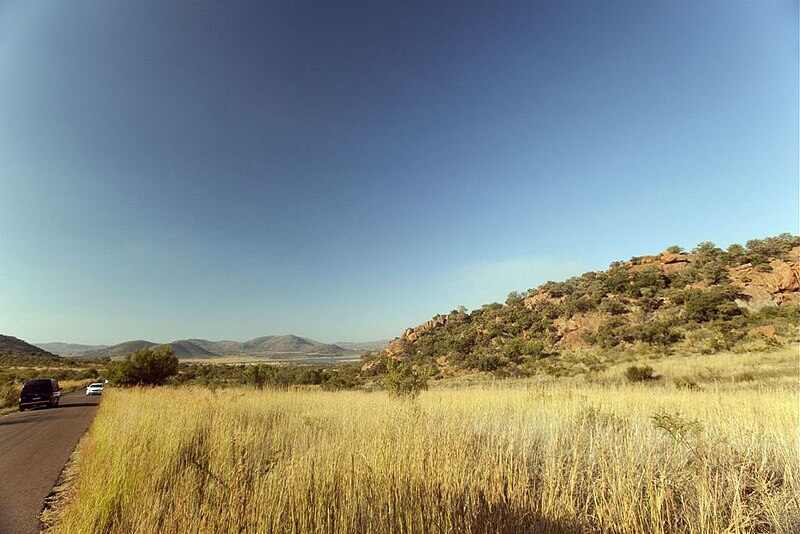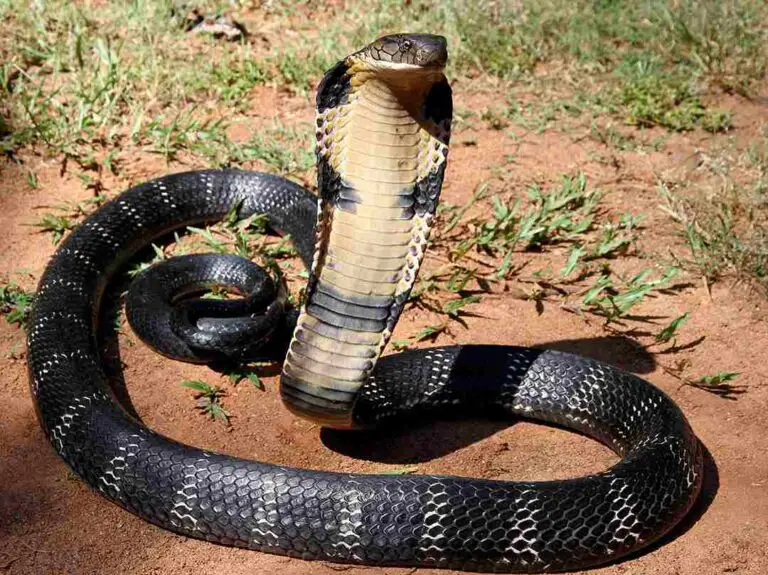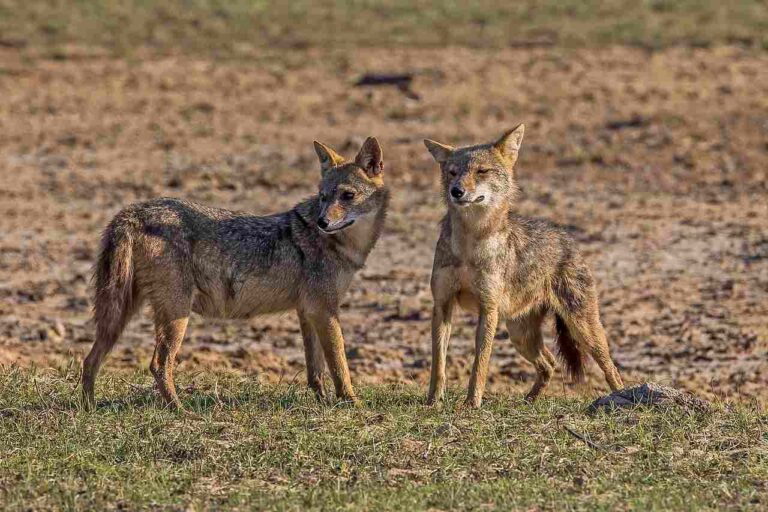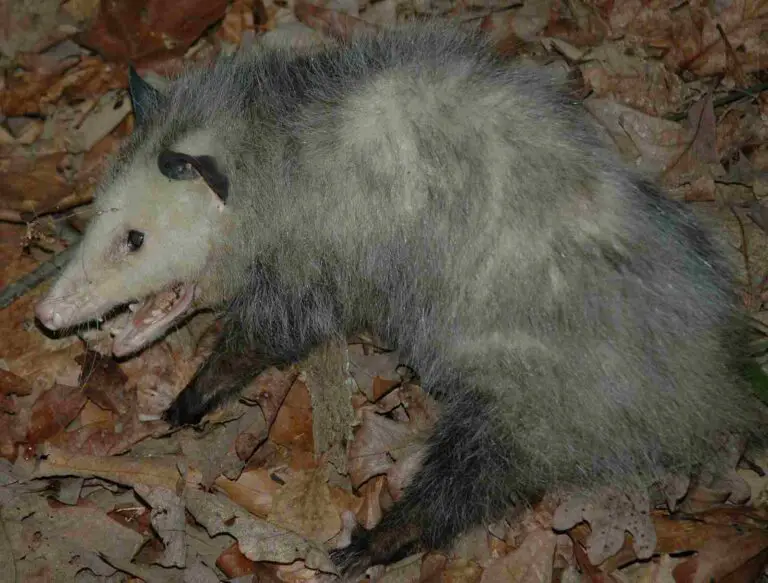Temperate Grassland Biome Locations and Characteristics Explained
Temperate grassland biome is a distinctive ecosystem that occurs across North and South America, Eurasia and Africa, and has characteristics like low precipitation, broad temperature range, fertile soil, and low biodiversity.
This article discusses temperate grassland biome locations and characteristics, as outlined below;
-Temperate Grassland Biome Locations
-Temperate Grassland Characteristics (Abiotic)
-Temperate Grassland Characteristics (Biotic)
Temperate Grassland Biome Locations
Temperate grassland biome is located in countries like; New Zealand, Australia, Argentina, Uruguay, Mongolia, Russia and the United States. In these different locations, grasslands are referred to using different names like downs, pampas, steppes, and prairies.
Temperate grassland locations also occur in Africa. The parts of Africa where temperate grasslands can be found are mostly in the southern region of the continent, where they are referred to as velds [3].

Generally, the locations of temperate grassland biome fall between areas of intensive desertification, and areas with significant precipitation, humidity and biodiversity, such as forests. Their intermediate position in-between bio-climatically diverse ecosystems is what defines several of the typical characteristics of temperate grasslands, including climate, soil and vegetation.
Temperate Grassland Characteristics (Abiotic)
Abiotic characteristics of temperate grassland biome include; high soil organic carbon (SOC), summer and winter seasons, and low annual precipitation.
The quality of soil in temperate grasslands is relatively high, due to the presence of a biomass-rich layer of humus that comprises the topmost soil, and high rate of processes like carbon sequestration that increase soil fertility.
Temperate grassland biome climate is characterized by changing temperatures, low precipitation and low humidity.
The temperature in temperate grasslands, ranges from as low as -40° F to as high as 140°C in summer and winter seasons respectively [2]. This signifies wide variations in climatic conditions over the course of a year, and partly explains the difficulty of survival for many species in this terrain.
Temperate grassland precipitation per year ranges from about 391 mm to about 773 mm [4] [1]. These values differ depending on specific location, so that temperate grasslands in some countries may get more annual precipitation than in other countries.
Temperate Grassland Characteristics (Biotic)
Biotic characteristics of temperate grasslands are; grassy-vegetation dominance, and low biodiversity.
The dominance of grasses in temperate grasslands is caused primarily by the lack of sufficient precipitation to support larger plants like trees and shrubs.
Various kinds of animals occur in temperate grasslands, including herbivores like prairie dog, bison, jack rabbit; and carnivores like fox, coyote, hawk, and rattlesnake.
The most common animals in temperate grasslands are the primary consumers; including small herbivores like prairie dogs. These animals are abundant because of the consistent supply of grass vegetation; as well as their behavioral and physiological adaptations like burrowing and camouflaging, which enable them thrive while evading predators.

Biodiversity is low in temperate grasslands compared to forests, because the dry climate abs absence of trees reduces availability of shelter and food resources for many species.
Conclusion
Temperate grassland biome locations include; New Zealand, Australia, Argentina, Uruguay, Mongolia, Russia, South Africa and the United States.
Abiotic characteristics of temperate grassland biome are; high soil organic carbon (SOC), summer and winter seasons, and low annual precipitation.
Biotic characteristics of temperate grasslands include; grassy-vegetation dominance, and low biodiversity.
References
1). Emadodin, I.; CorralN D. E. E. F.; Reinsch, T.; Kluß, C.; Taube, F. (2021). "Climate Change Effects on Temperate Grassland and Its Implication for Forage Production: A Case Study from Northern Germany." Agriculture 11(3):232. Available at: https://doi.org/10.3390/agriculture11030232. (Accessed 4 March 2023).
2). Neal, E. (2021). "Climate in Temperate Grasslands." Available at: https://sciencing.com/climate-temperate-grasslands-8038155.html. (Accessed 4 March 2023).
3). Sieben, E. J. J.; Collins, N.; Kotze, D. C.; Mofutsanyana, S.; Janks, M. (2017). "Temperate grassy wetlands of South Africa: Description, classification and explanatory environmental factors." South African Journal of Botany 113:68.Available at: https://doi.org/10.1016/j.sajb.2017.07.009. (Accessed 4 March 2023).
4). Tribble, R. (2018). "Long-term native temperate grassland responses to warming, precipitation and defoliation in Central Alberta." Available at: https://www.semanticscholar.org/paper/Long-term-native-temperate-grassland-responses-to-Tribble/860485d5406ca16159950d25fa444c41079ed79c. (Accessed 4 March 2023).






